
Substance use and mental health are driving preventable maternal deaths in Oregon, as fragile, underfunded programs struggle to support pregnant people, especially Black and Indigenous parents.

Substance use and mental health are driving preventable maternal deaths in Oregon, as fragile, underfunded programs struggle to support pregnant people, especially Black and Indigenous parents.

The city has adopted a ‘multifactorial approach to a multifactorial problem’ and has seen a 37% reduction in deaths since the national peak of the crisis

A new Guardian analysis finds wide geographical disparities in fatalities linked to the public health crisis.

In her new book, journalist Shoshana Walter revelas how many programs exploit patients, bar mothers, underuse buprenorphine, and worsen racial and gender disparities.
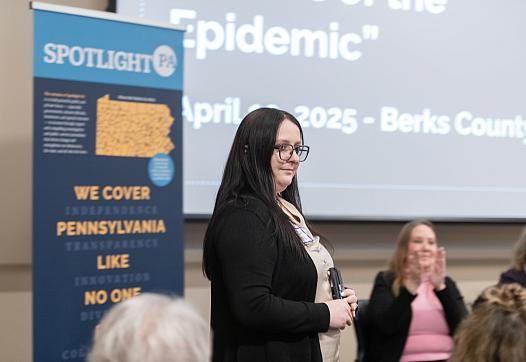
“Families are often excluded from how these funds are going to be used,” said one family member. “We’re not included in conversations.”
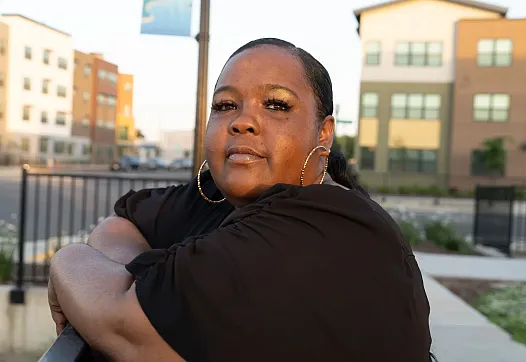
After years in the child welfare and justice systems, Ebony Price is working on keeping her life on the right track and being present for her family.
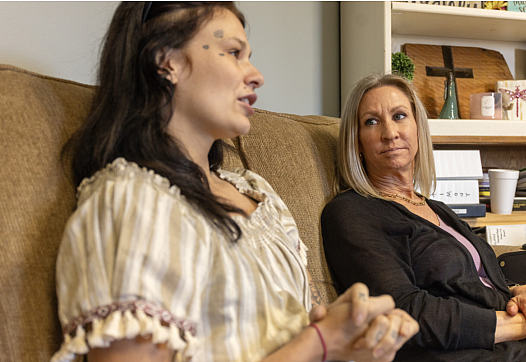
The federal government is gutting programs shown to reduce overdose deaths and address the mental health crisis. Reporters in Mississippi are highlighting just how much is at stake.
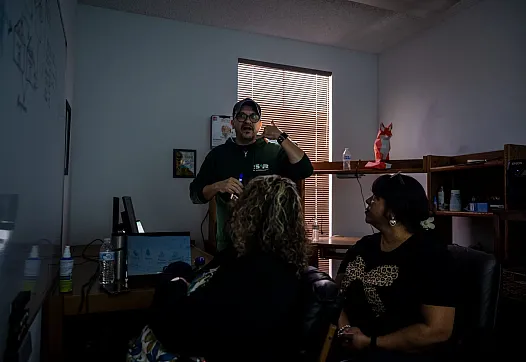
El primer programa residencial del condado para mujeres latinas se centrará en una atención culturalmente competente.
Prosecutors fault a shortage of treatment options for stifling new law.
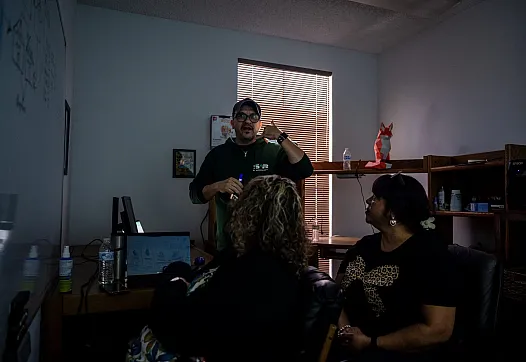
The county’s first dedicated residential program for Latinas will focus on culturally competent care.